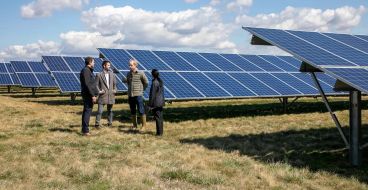Update from Jon Gray: A New Cycle for Real Estate
Blackstone President Jon Gray sees the foundation for recovery – both in real estate and broader deal activity — and big opportunities for AI infrastructure.
Watch More about Update from Jon Gray: A New Cycle for Real Estate












